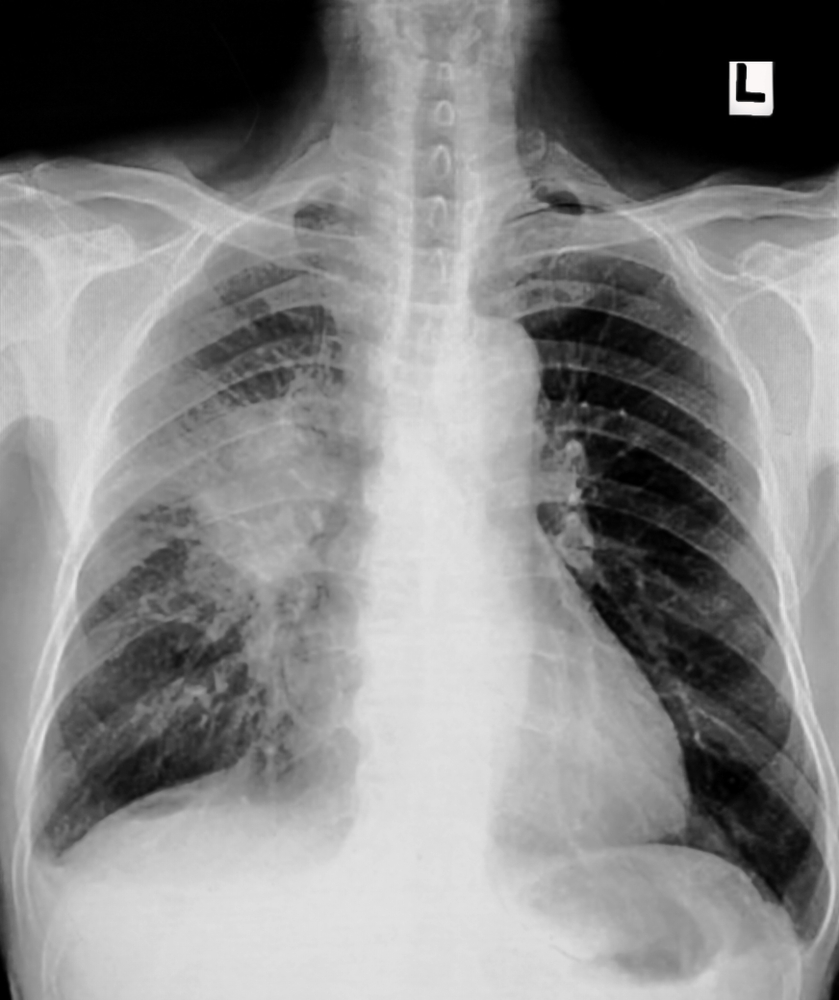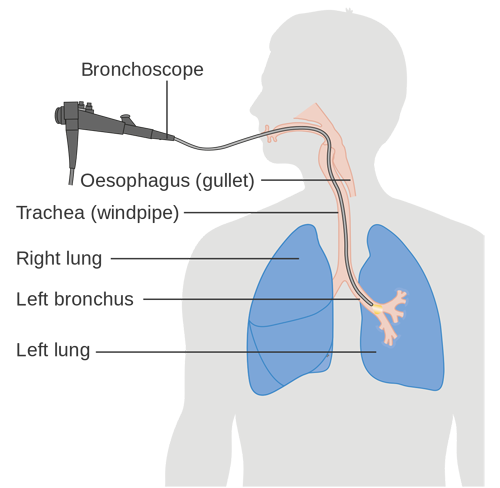Free Case Evaluation
You will never be charged a fee unless a recovery is made for you.

Asbestos lung cancer, one of the cancers that asbestos exposure can cause, is lung cancer that develops after asbestos fibers are inhaled and become lodged in the lung tissue. It takes at least 10 years after exposure and inhaling the asbestos fibers for asbestos lung cancer to develop, and studies show that 30 to 35 years is most common.
Individuals with asbestos lung cancer and their families and loved ones may file lawsuits against the manufacturers of the products that exposed them to the deadly fibers or the employers who failed to offer adequate warnings or protection.
If you have asbestos lung cancer, you may be entitled to compensation. If you are considering filing an asbestos lung cancer lawsuit, contact us. We have access to the expertise, resources, and manpower to fully investigate each case and to track down and hold accountable those responsible for the exposure that precipitated your developing asbestos lung cancer. Smoking or a history of smoking does not matter. It is exposure to asbestos, regardless of smoking habits or history, that causes asbestos lung cancer.
Our experienced attorneys take a personalized, compassionate approach. We cut through the legalese and partner with our clients.
You can call us at 800-796-1636 or submit your case details online. Someone will contact you shortly to discuss your history, your illness, and ways in which we may be able to help you. The consultation is free. We only receive compensation if you win your case.
Anyone may be exposed to asbestos during their lifetime. But it usually takes repeated exposure over time to become ill. And studies show that the greater the exposure to asbestos—in terms of frequency and volume—the higher the risk is of developing asbestos lung cancer. Asbestos exposure can cause many possible health outcomes and cancers. In addition to asbestos lung cancer, it may lead to mesothelioma, asbestosis, and cancer of the larynx or ovaries, to name a few examples. It is where the asbestos lands or lodges in the body that determines the resultant illness.
When asbestos fibers are breathed in, they may simply be trapped on mucous to be swallowed or coughed up. However, they may make their way into the lungs and land on the lung tissue. It is when asbestos gets trapped in the lung tissue that it can cause inflammation and scarring and, eventually, asbestos lung cancer.

It takes years after this initial exposure to develop asbestos lung cancer. While some cases of asbestos lung cancer may be found as soon as 10 years after exposure, it usually takes at least 15 years after exposure to develop, with most studies finding that 30 to 35 years is more common. This lengthy time to develop can make it hard to track down the initial exposure and cause. It also can make diagnosis difficult.
The symptoms of asbestos lung cancer are the same as those of many other lung ailments. They include:
The fact that many of these symptoms are also associated with other, more common ailments, together with the fact that asbestos lung cancer takes so many years after exposure to develop, is another reason asbestos lung cancer is often not detected and diagnosed until the cancer is advanced.
The risk of developing asbestos lung cancer is greatly increased for people who smoke or used to smoke. In fact, the American Lung Association has estimated that a person who smokes and has a history of asbestos exposure is 50 times more likely to develop lung cancer than someone who never smoked. However, it is not possible to get asbestos lung cancer unless asbestos is a factor. If asbestos is not involved, then the diagnosis is simply lung cancer. A diagnosis of asbestos lung cancer means, by definition, that asbestos has been found in the lung tissue.
Asbestos lung cancer is diagnosed through an analysis of:
Symptoms that are indicative of possible lung problems include difficulty breathing or catching one’s breath, chest pain or a tight feeling in the chest, coughing, weight loss, or general fatigue. When reported to your doctor, they will undoubtedly examine you. Your doctor will listen to your breathing and perhaps examine your legs for signs of swelling or your fingertips or toes for clubbing, which is an abnormal widening that can be indicative of lung-related issues.
Your doctor will ask you questions not only about your current health and symptoms, but also about your history—to see if and when you could have been exposed to asbestos. They may ask about where you have lived, where you have worked, the condition and age of buildings where you have lived and worked, and jobs you have held, to try to determine if and when you could have been exposed to asbestos. If you have been exposed to asbestos and are aware of it, your doctor will want to explore how much and how often.
If these initial examinations and conversations warrant it, your doctor may order tests. These may include:

Diagram of a bronchoscopy.
Credit: By Cancer Research UK
Asbestos lung cancer is treated via the same options available for lung cancer. These are:
Because asbestos lung cancer takes at least 10 years to develop, it is often quite advanced once it is found, which negatively impacts the prognosis.
Sources
You will never be charged a fee unless a recovery is made for you.